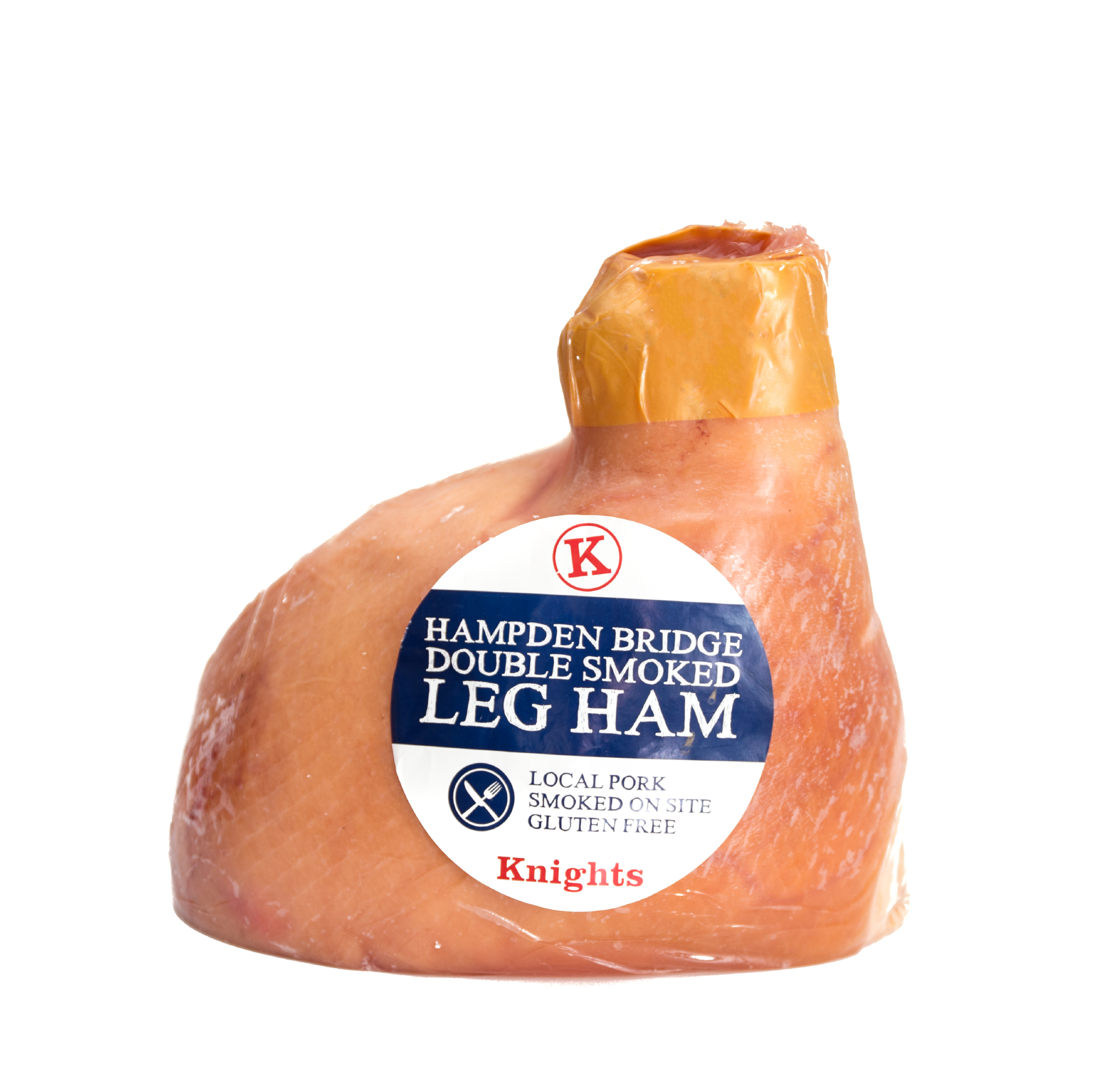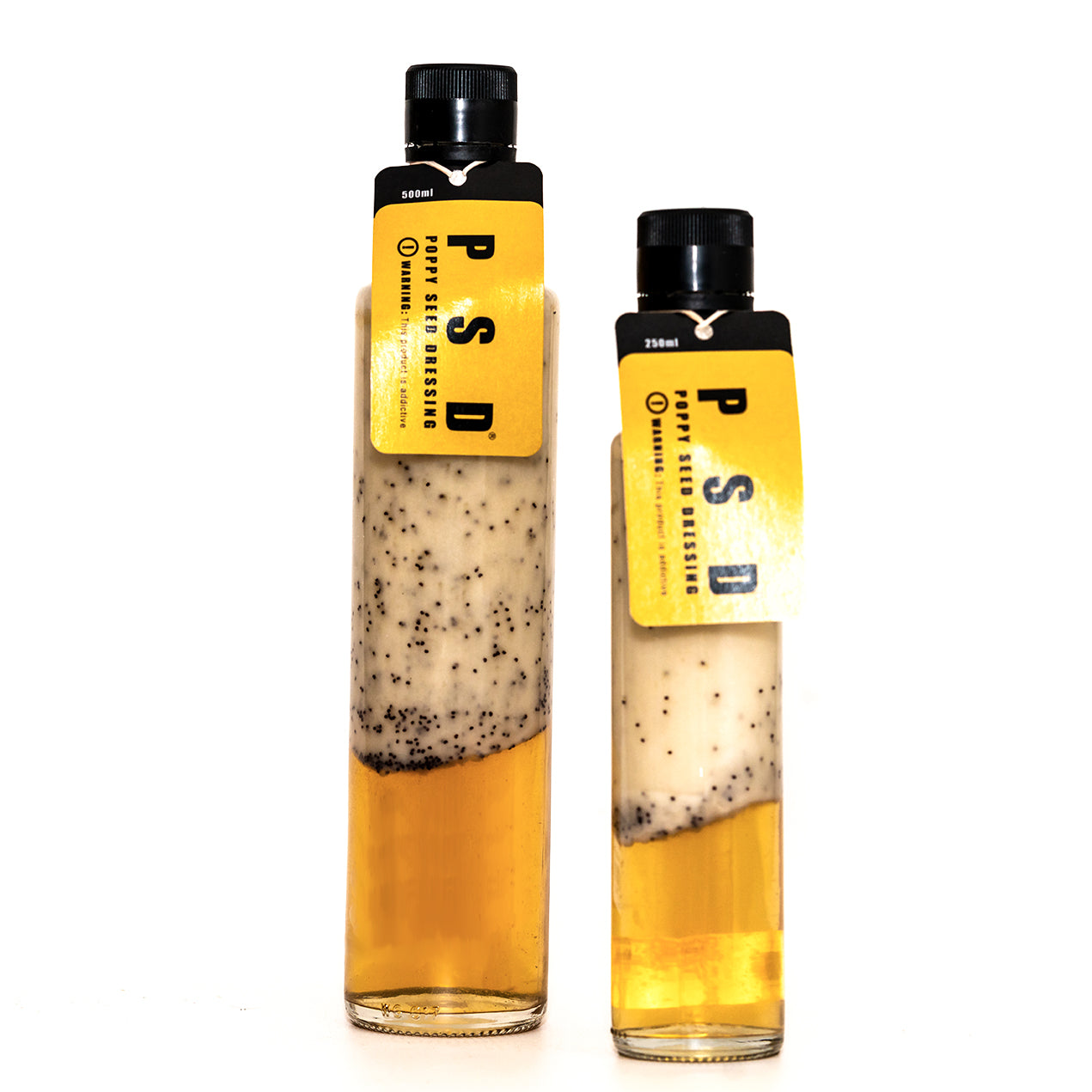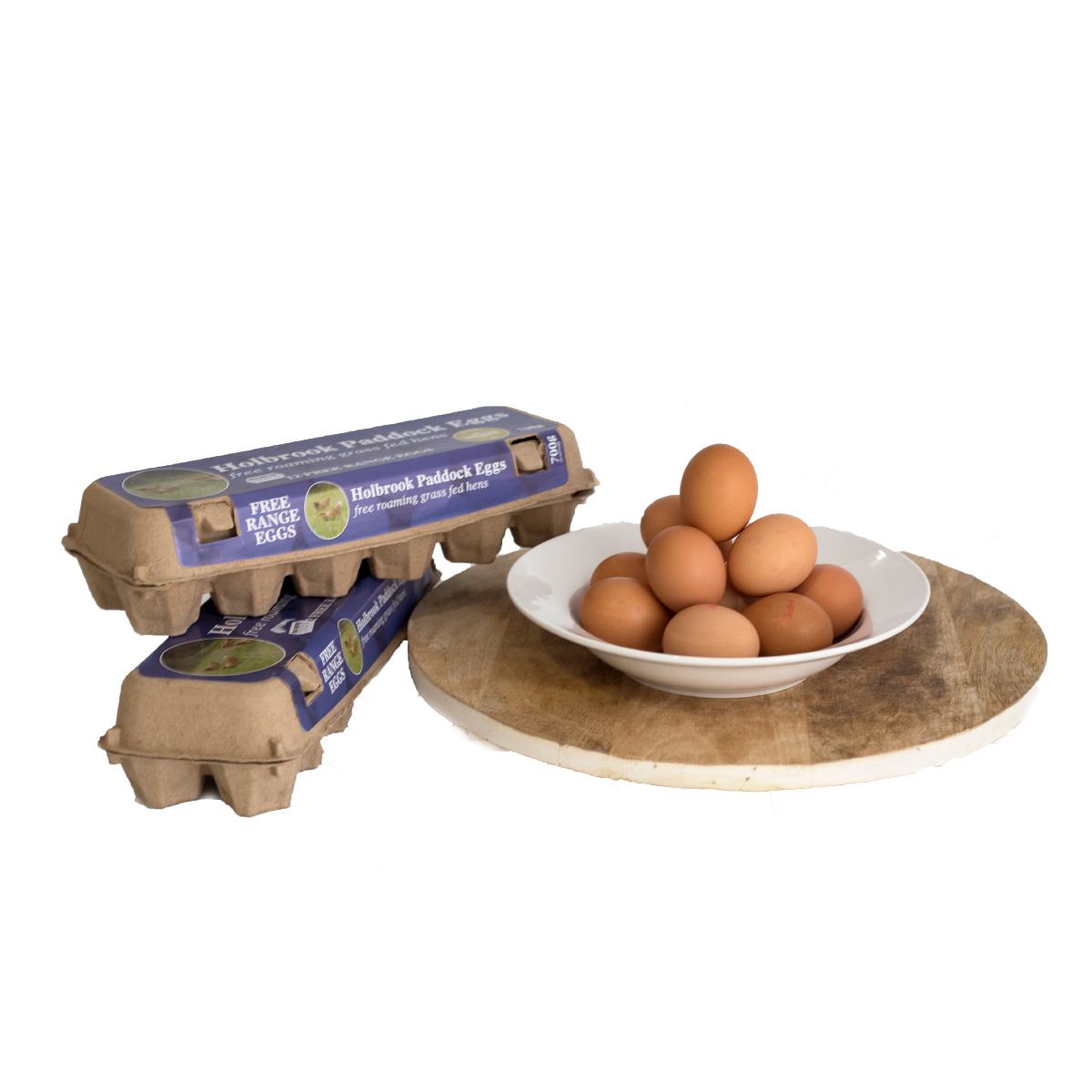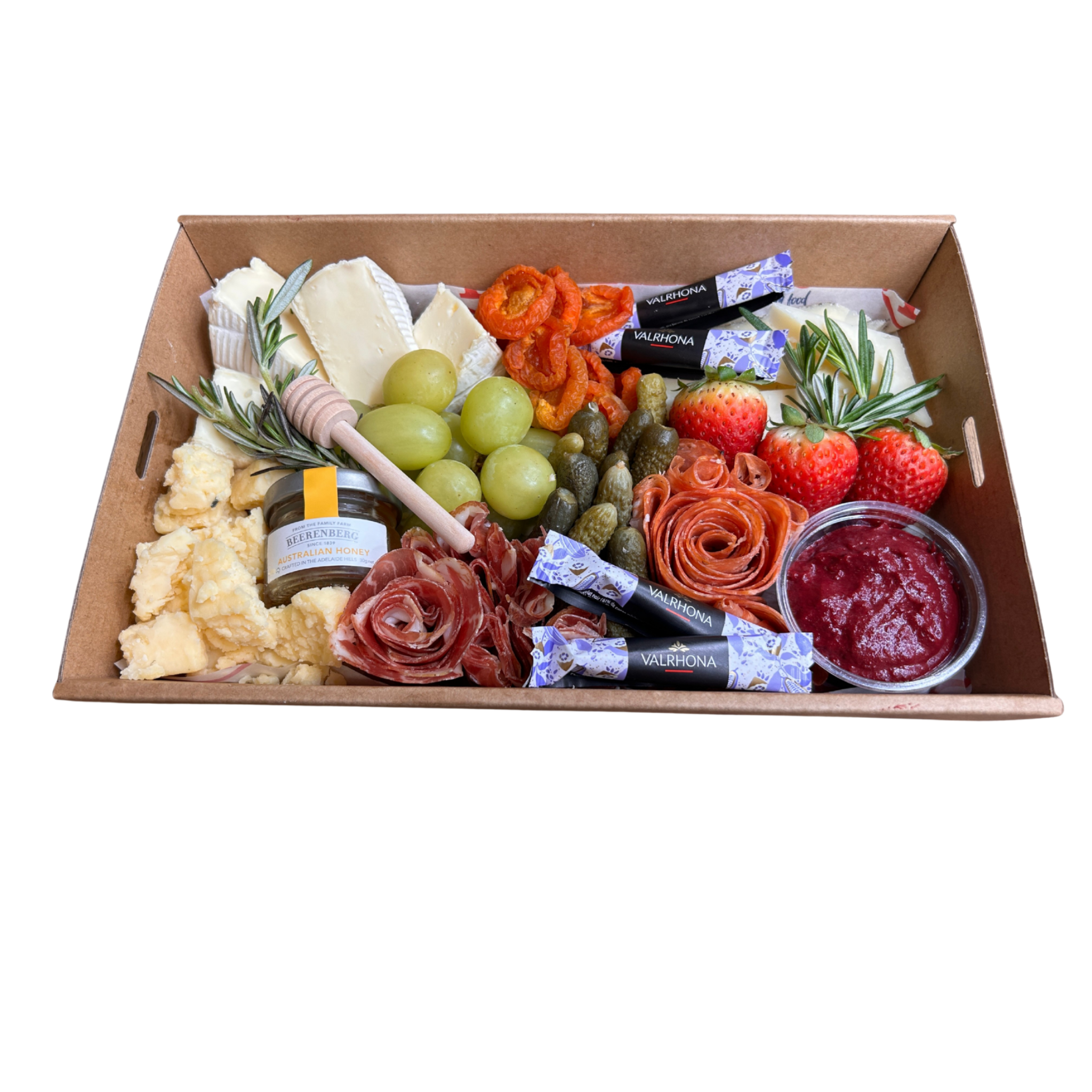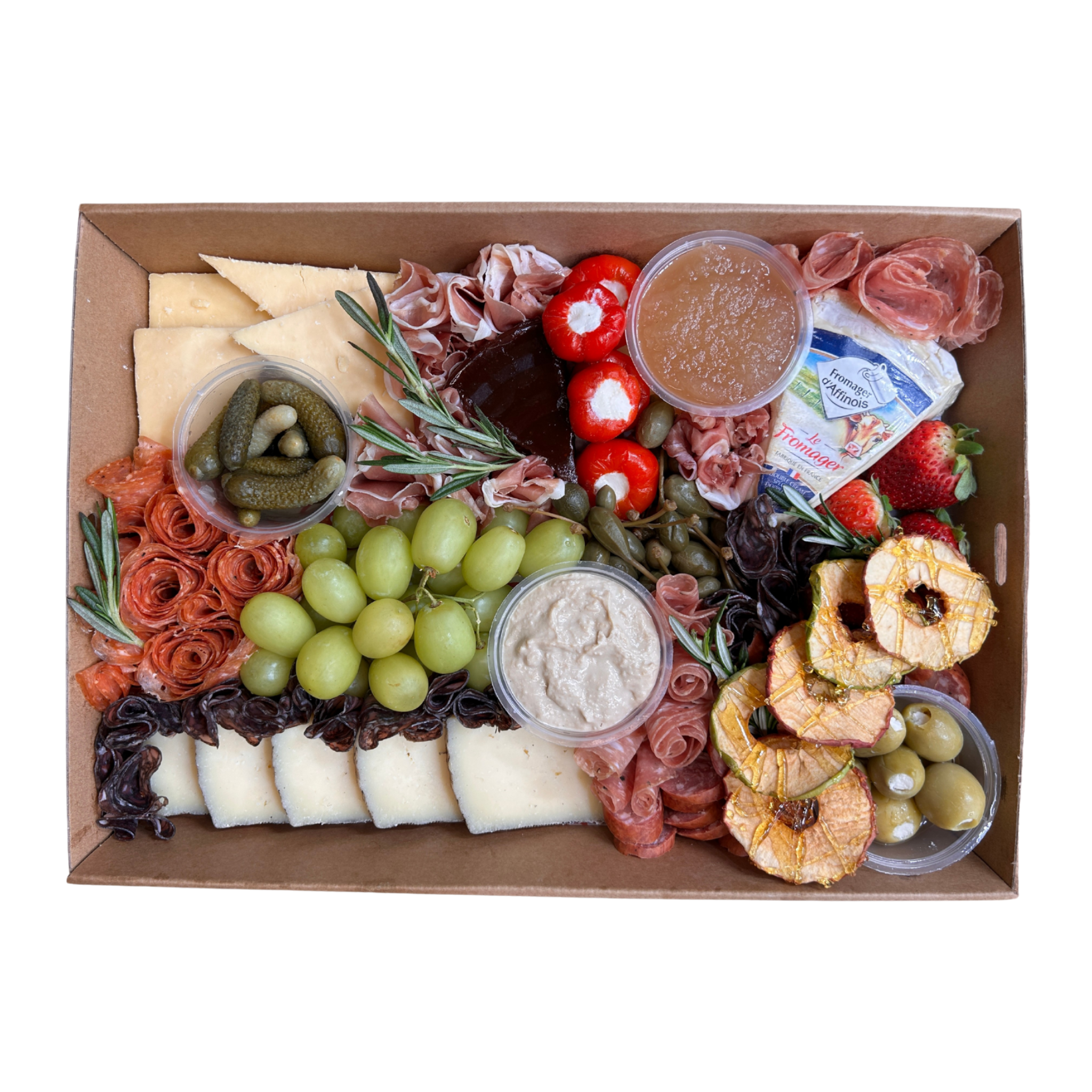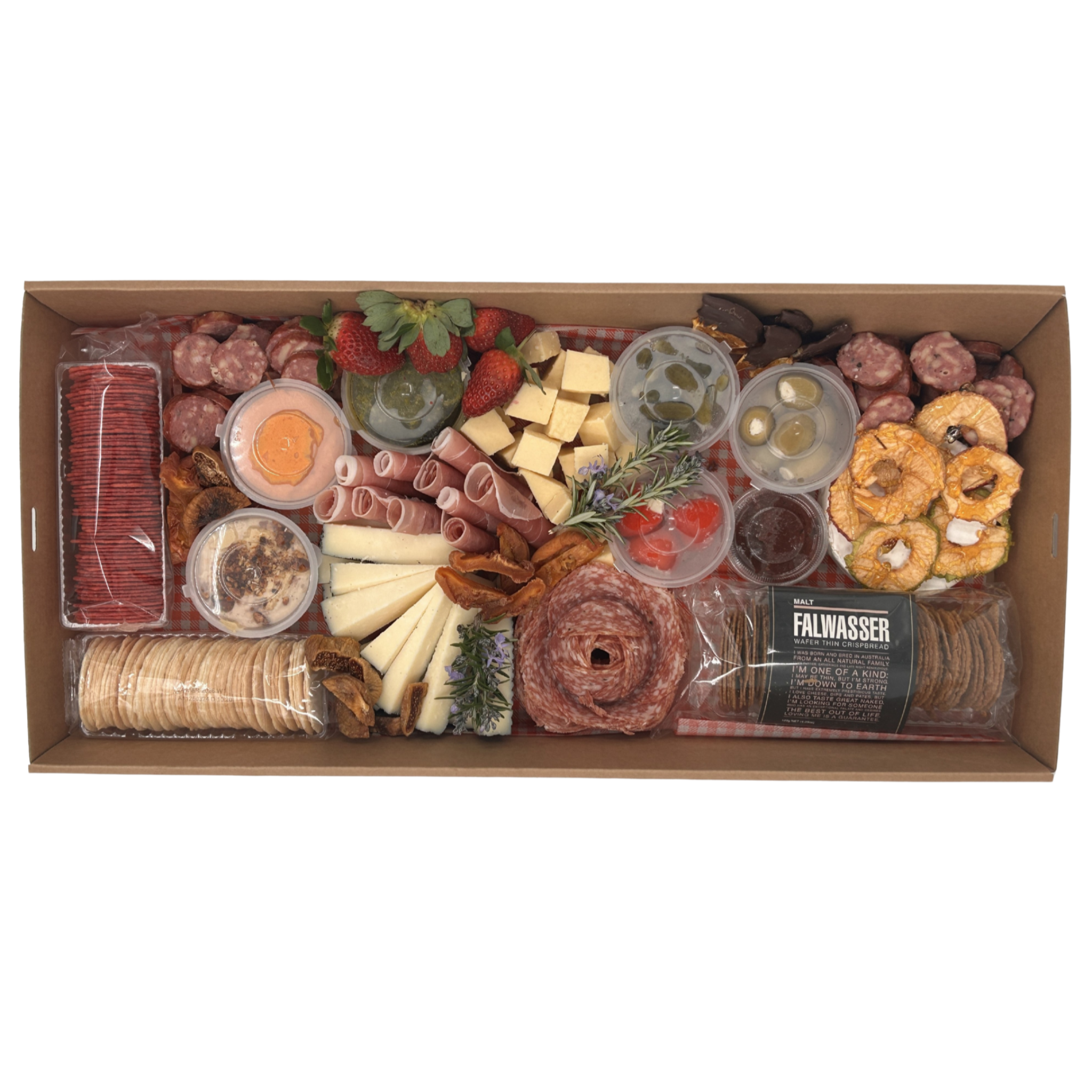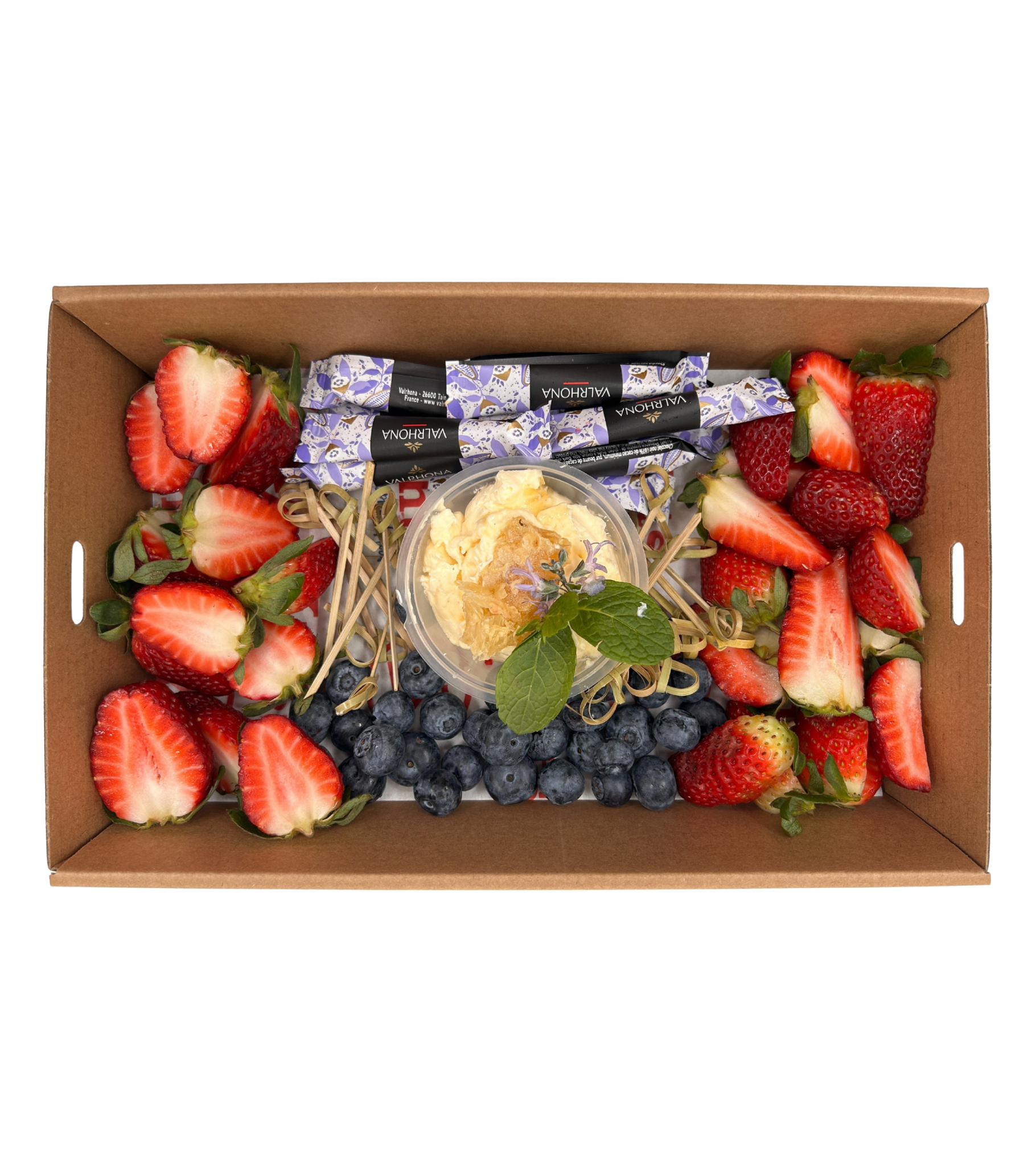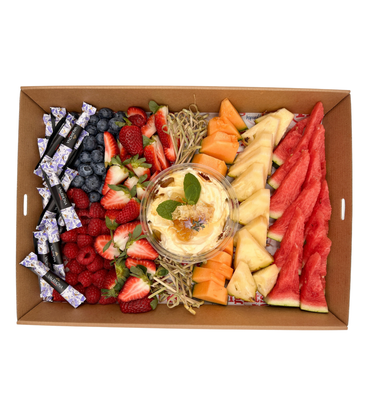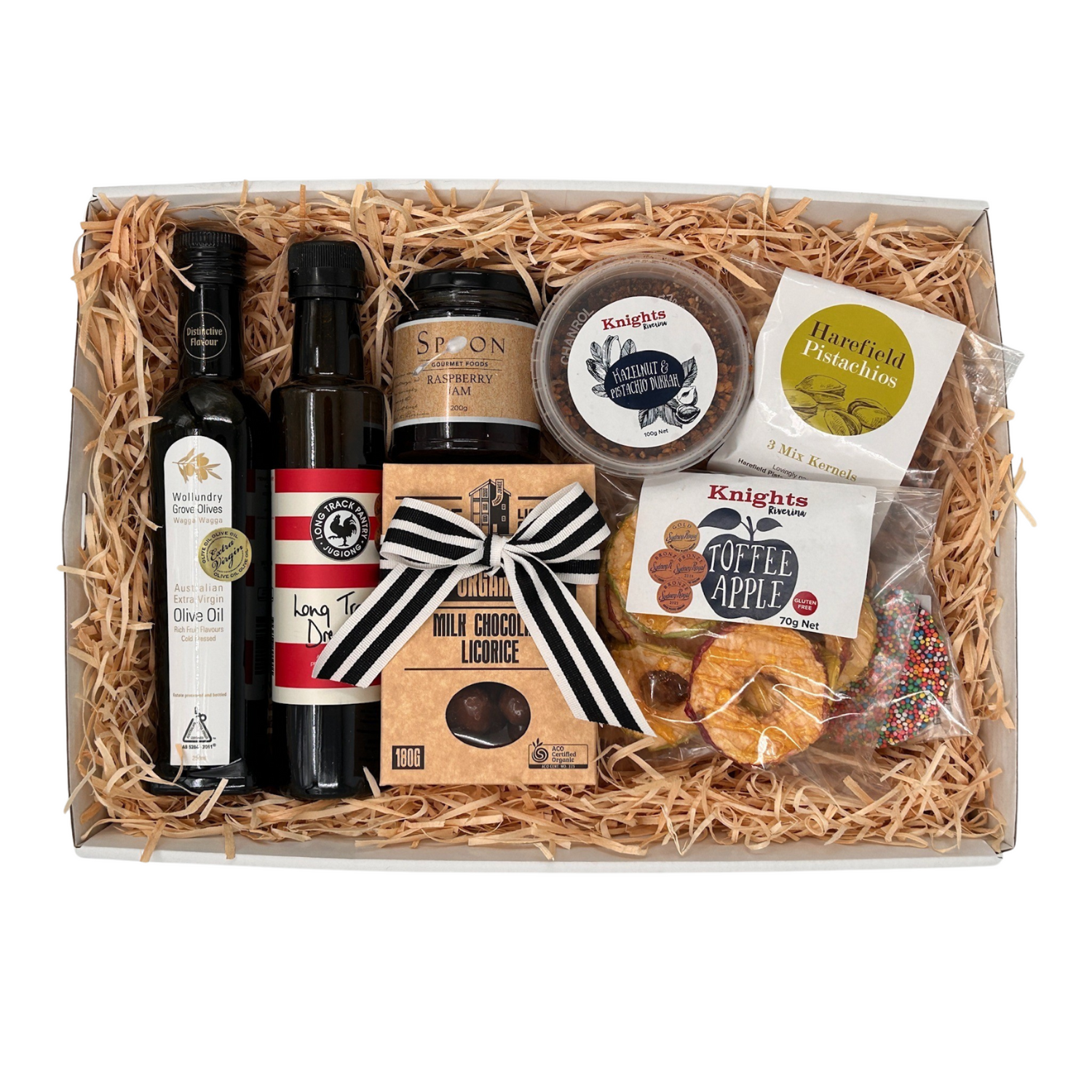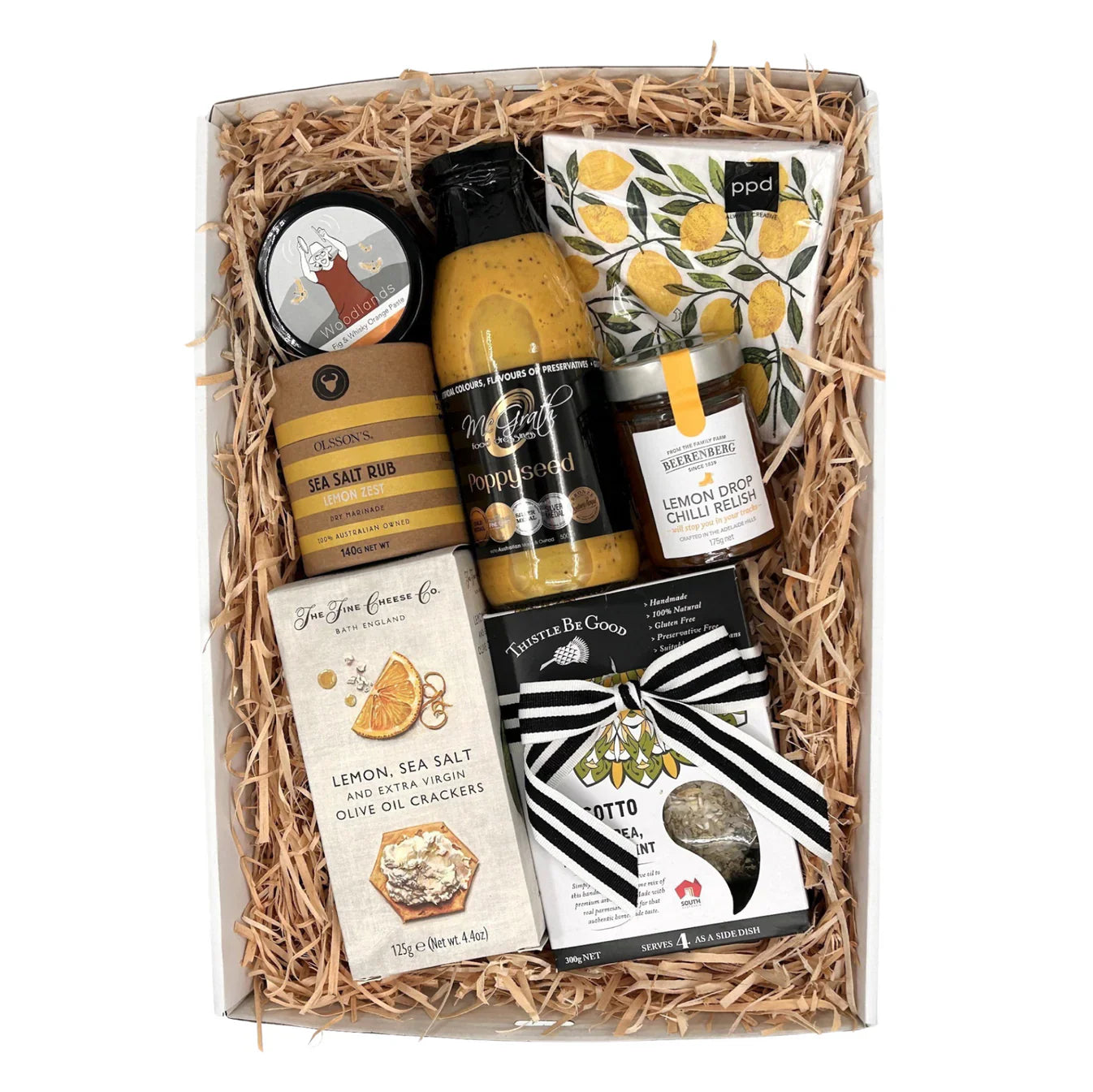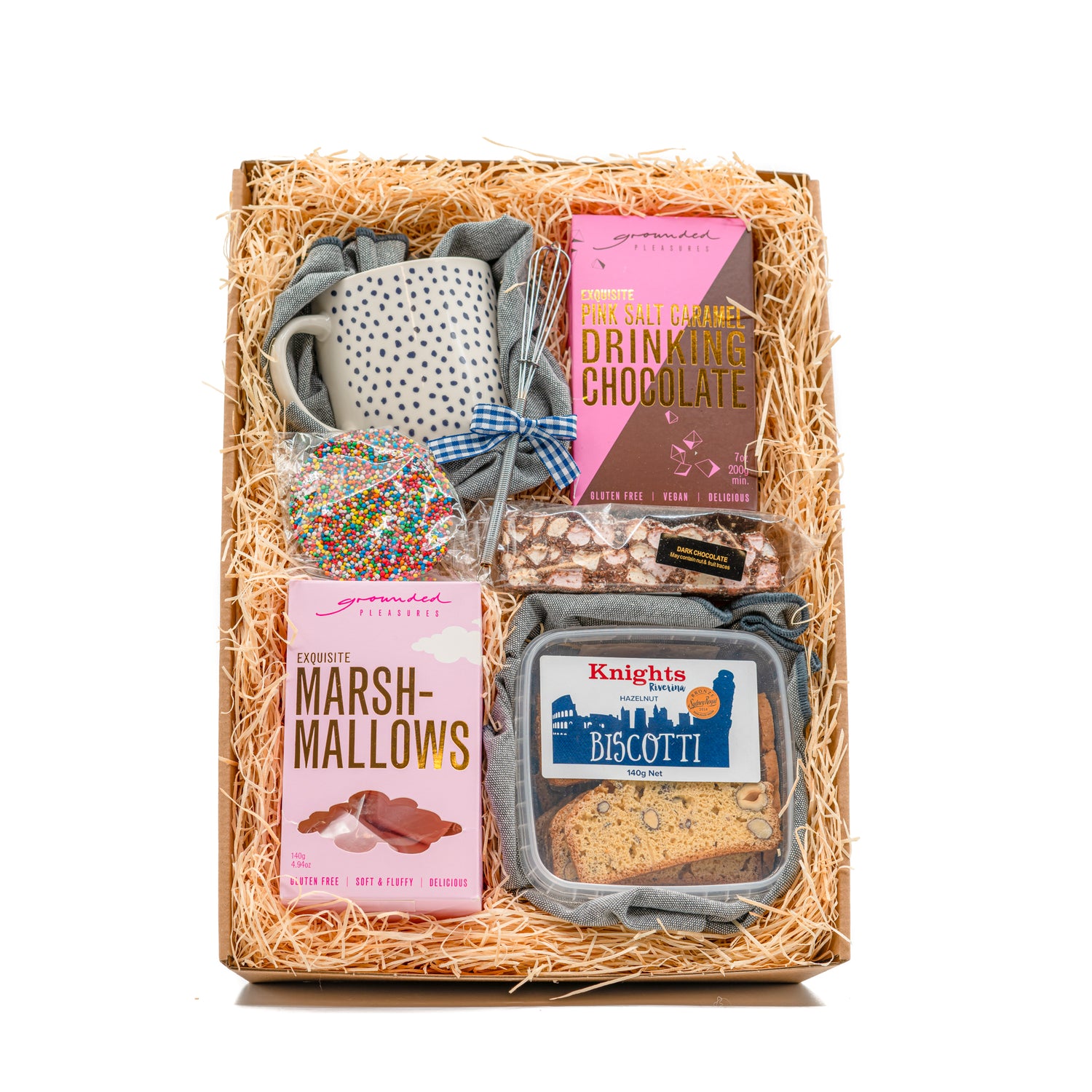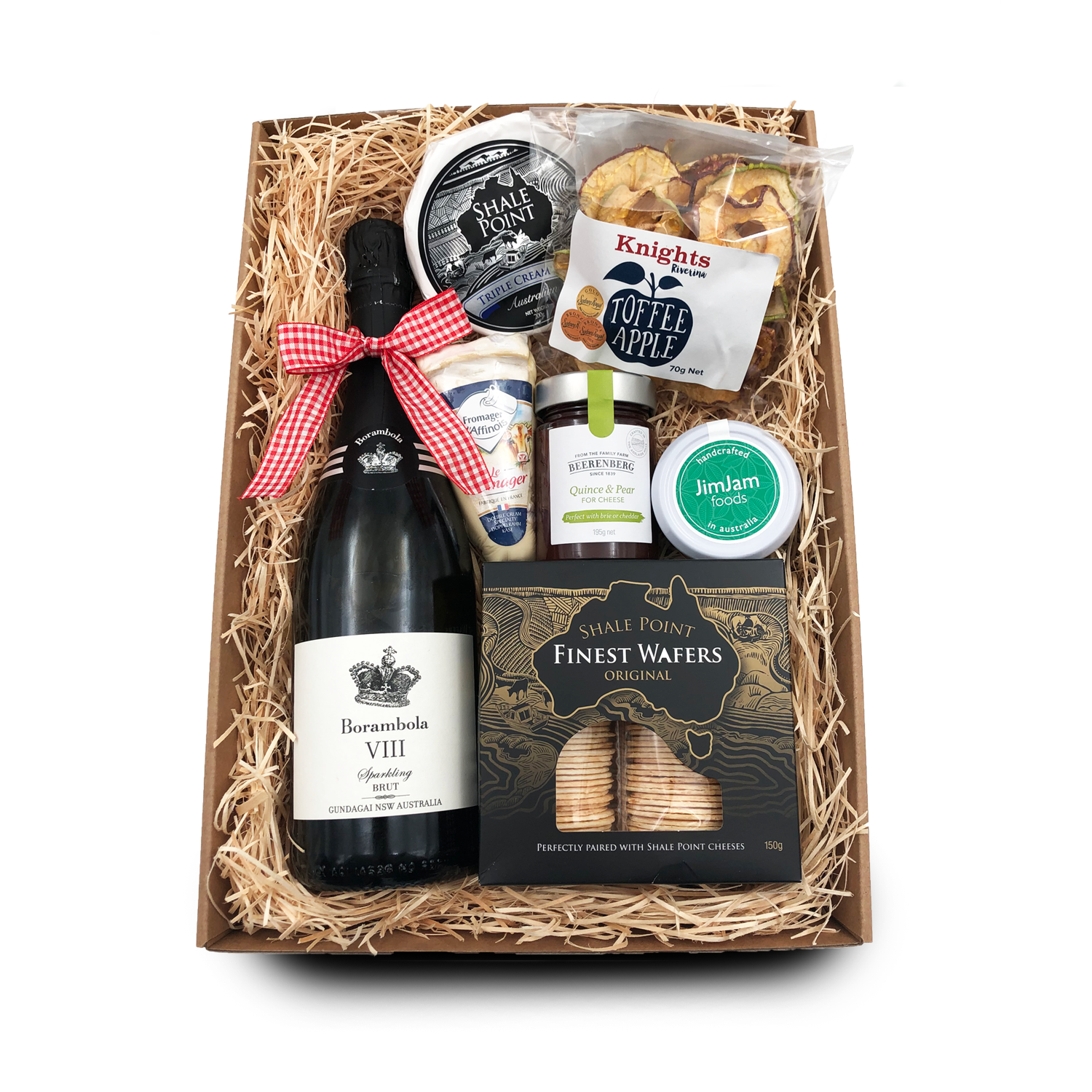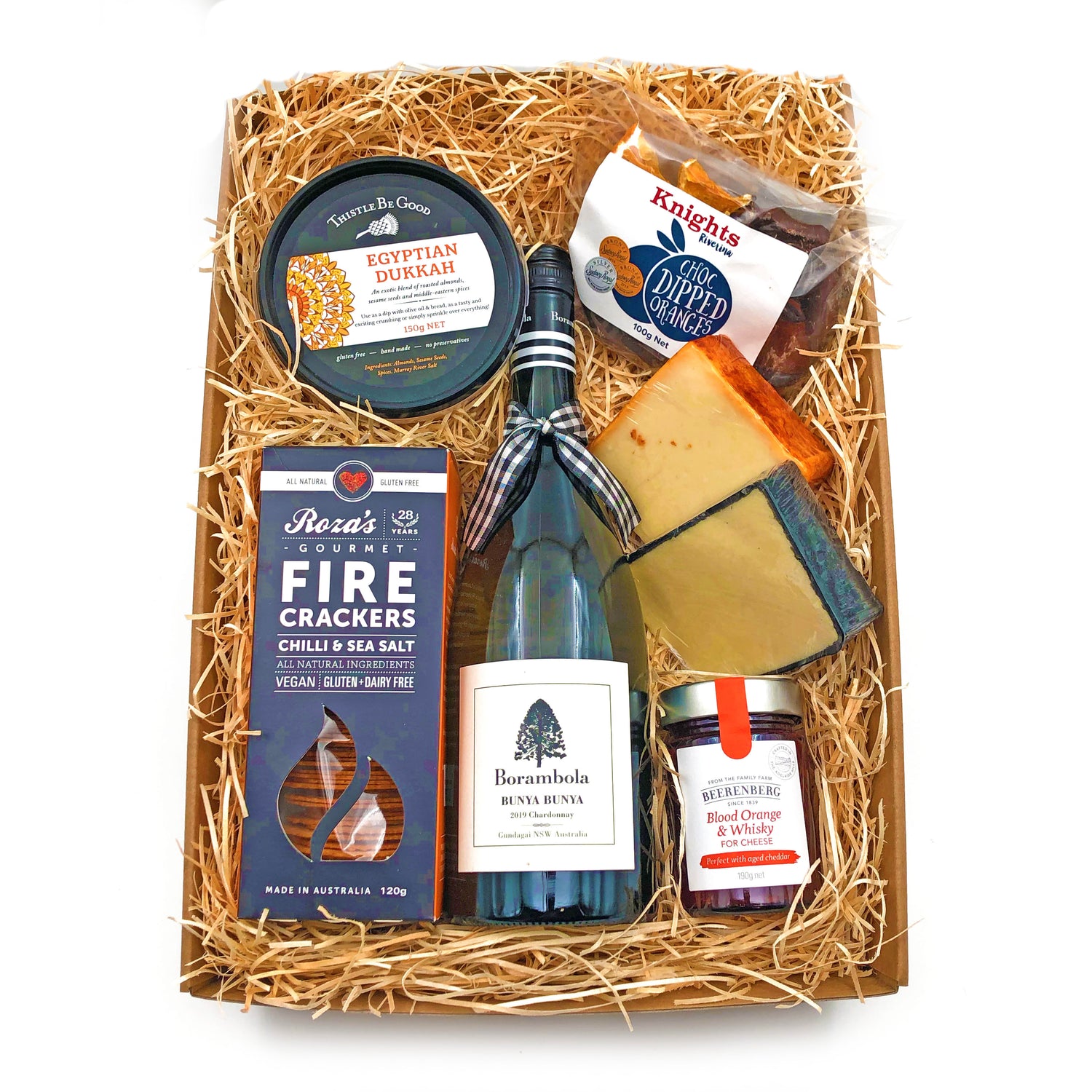
Food Safety And You
Food safety is extremely important not just for chef’s and restaurants but in your own home as well. Knowing how to clean correctly, avoiding cross contamination and understanding what temperature to cook certain foods will help keep you, your family and your friends safe from getting sick.
Food safety is extremely important not just for chef’s and restaurants but in your own home as well. Knowing how to clean correctly, avoiding cross contamination and understanding what temperature to cook certain foods will help keep you, your family and your friends safe from getting sick.
Below we have tips in different areas of food safety for you:
Keep Perishable Cold
- Keep the fridge below 5oC Use a thermometer in the fridge to verify it’s working properly
- Put any food that needs to be kept cold in the fridge straight away
- Don't eat food that’s meant to be in the fridge if it’s been left out for 2 hours or more
- Defrost and marinate foods in the fridge, especially meats
- Shop with a cooler bag, picnic with an esky
Keep it Clean
- Wash and dry hands thoroughly before starting to prepare or eat any food, even a snack
- Keep benches, kitchen equipment and tableware clean and dry
- Don't let raw meat juices drip onto other foods
- Separate raw and cooked food and use different cutting boards and knives for both
- Keep benches and tables clean and dry. Wipe down and dry every time food is prepared or served from them
- Keep kitchen equipment and tools clean and dry. Clean after each use
- Only use clean plates, cups, utensils, chopping boards etc. Wash after each use
- Keep tea towels clean and dry and wash them regularly. After using a tea towel to dry dishes, hang it up to dry. If using tea towels to wipe up spills, wash after each use
- Clean sponges, scourers & dish brushes after each use. Rinse them in hot water and wring out. Alternatively, put them on a hot wash in the dishwasher. Leave to dry before using again
- Discard sponges, scourers & dish brushes when they show signs of permanent soiling
- For spills on the floor or messes from pets, it’s best to use a single-use paper towel
- Don’t let animals into the kitchen or on benchtops and eating areas, if possible. Keep animals’ feeding bowls out of the kitchen.
Avoid Cross Contamination
- Don’t let raw meat and poultry come into contact with other foods.
- Store raw meat on a plate or in a sealed container at the bottom of the fridge to prevent meat juices dripping onto other foods
- Use a separate cutting board and knife for raw meat or poultry. If this isn’t possible, wash cutting boards and knives thoroughly in hot soapy water and dry thoroughly before using to prepare other foods
- Thoroughly wash and dry all food equipment, such as bench tops and tools, that come into contact with fresh produce
- If using grey water for the garden, don’t use it on the vegetable patch or herb garden.
Invest in a Food Thermometer
A food thermometer helps you make sure all potentially harmful bacteria have been destroyed through proper cooking.
A thermometer shows you the exact temperature inside the food so you can be sure it’s cooked all the way through.
Using a Thermometer
Simply insert the probe portion of the thermometer into the cooked/cooking meat and note the temperature on the dial.
Different foods require different cooking temperatures to destroy bacteria, which is why a thermometer is such a handy addition to the kitchen. It is important you don't put the thermometer into the oven with cooking meat unless the manufacturer states this is acceptable.
Where to place the meat thermometer:
Poultry - insert the thermometer into the inner thigh area near the breast of the chicken or turkey, but not touching bone
Ground meats and poultry - the thermometer should also be placed in the thickest area of ground meat or poultry dishes like meatloaf
Beef, pork, lamb, veal, ham - roasts, steaks or chops – insert the thermometer into the centre of the thickest part, away from bone, fat and gristle
Casseroles and egg dishes - the thermometer should be inserted into the thickest portion hot.
Safe temperatures:
Fish - Safe Temperature 63ºC
Minced meat, sausages - Safe Temperature 71ºC
Beef, veal, lamb, pork - Safe Temperatures medium rare: 63ºC (allow at least 3 minutes for the meat to rest), medium: 71ºC, well done: 77ºC
Ham (To reheat) - Safe Temperatures: 60ºC
Chicken & turkey (whole), thighs, wings legs, breasts - Safe Temperatures: 74ºC
Leftovers - Safe Temperatures: Minimum 60ºC – Optimum 75ºC
Freezing and Defrosting Meats
- Freeze raw meat and poultry if it will not be used within 2 days.
- Never defrost meat or poultry at room temperature on the kitchen bench top.
- Defrost poultry and raw meat in the refrigerator or the microwave.
- The NSW Food Authority recommends 3 ways to defrost chicken and red meat - in the refrigerator, cold water or the microwave.
- It's best to plan ahead for slow, safe thawing in the refrigerator.
- Boneless chicken breasts will usually defrost overnight. Whole chickens might take one to two days or longer.
- Once defrosted, meat and poultry can be kept in the refrigerator an additional day before cooking.
- Meat can also be defrosted in cold water in its airtight packaging or in a leak proof bag.
- Submerge meat or bird, or cut-up parts in cold water, making sure to change the water every 30 minutes to ensure it stays cold. A whole (1.5 to 2 kg) package or parts should defrost in 2 to 3 hours.
- Meat and poultry defrosted in the microwave should be cooked immediately after thawing because some areas might become warm and begin to cook during microwaving. Storing partially cooked meat or chicken is not recommended because any bacteria present would not have been destroyed.

Prev post

Two delicious cheesy recipes from Knights!
Updated on 05 July 2019
Next post

Riverina Smokehouse Jerky wins GOLD!!
Updated on 28 October 2018

